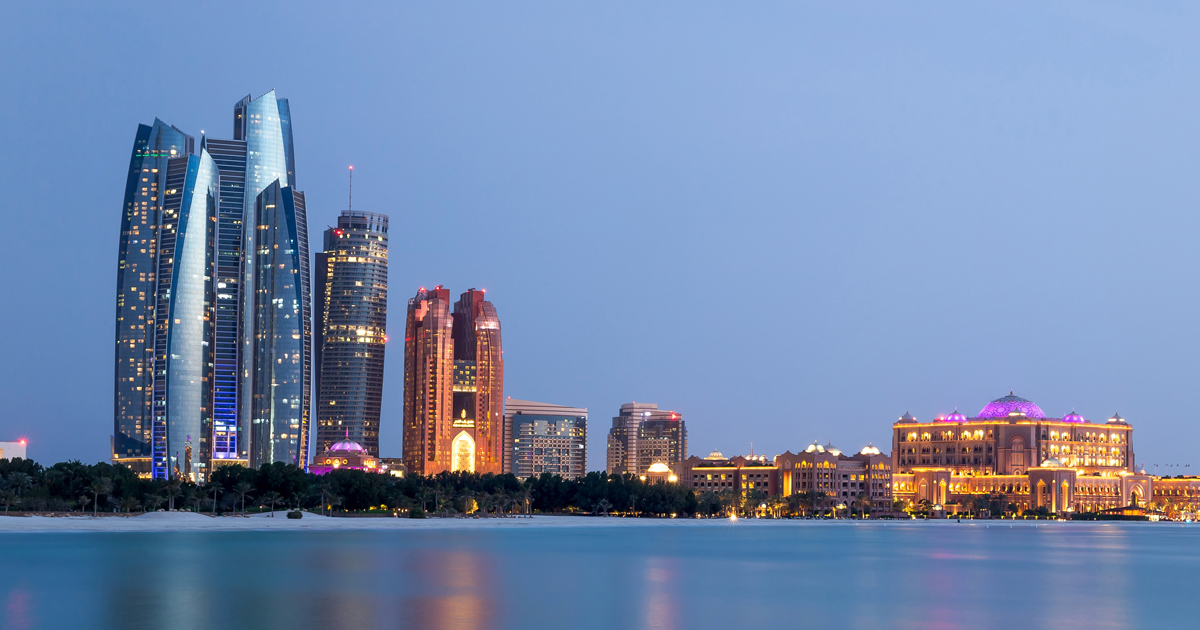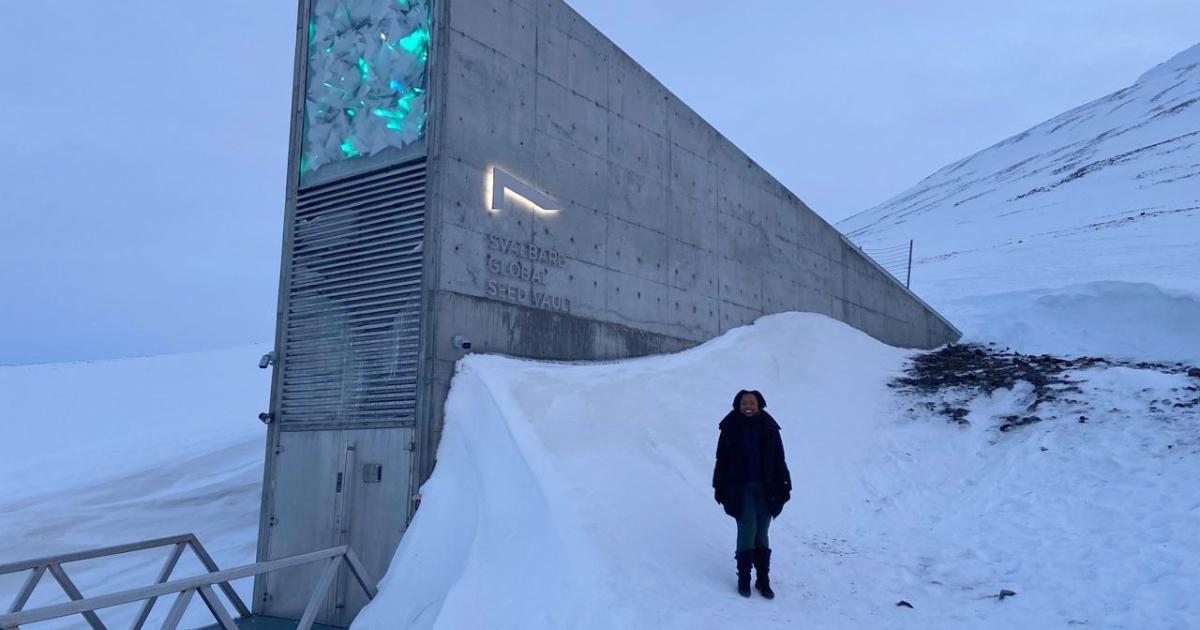
New research provides “common credible reference” for reducing emissions from wetlands
(BOGOR, 28 May 2024)—Scientists at the Center for International Forestry Research and World Agroforestry (CIFOR-ICRAF) have published a study that is set to lift the game in emissions reporting for high-carbon wetland ecosystems.
For countries’ emission-reduction efforts under the Paris Agreement to be effective – and to grow trust in climate finance schemes more broadly – baseline emission/removals levels and reporting must be as transparent and accurate as possible.
In the Indonesian context, that means taking a closer look at its wealth of high-carbon tropical peatlands and mangrove forests, of which it holds some of the largest areas in the world – and which currently sequester a combined total of around 31.2 gigatonnes of carbon. About 60% of Indonesia’s national emission reduction targets by 2030 depend on mitigation in the Forestry and Other Land Use (FOLU) sector. Yet national emissions continue to grow, with the sector contributing as much as 50% at present.
As such, protecting and restoring mangroves and peatlands ought to be a high priority for national emission reduction efforts. While deforestation in these landscapes has slowed over the past two decades, further avoidance of deforestation and degradation of these high-C reservoirs is a must to achieve ambitious targets of FOLU Net Sinks by 2030.
“Carbon-rich peatlands and mangroves are key ecosystems to manage as far as land-based mitigation strategies are concerned,” said Daniel Murdiyarso, a principal scientist at CIFOR-ICRAF and lead author of the study.
That means the country has a particular need for high-accuracy greenhouse gas (GHG) inventory and improved national forest reference emissions levels (FREL) for these ecosystems – a need that has not been fully addressed to date. “While Indonesia moved from using Tier 1 IPCC default emission factors (EF) for drained peatlands in its FREL 2016 to Tier 2 EF in its FREL 2022, the later were not developed following the IPCC guidelines – with significant implications for GHG accounting,” said contributing author and CIFOR-ICRAF senior scientist Kristell Hergoualc’h.
In this context, the research team explored scientific challenges and gaps to develop high tiers and refined emission factors for Indonesia’s drained and rewetted peatlands, peat fires, converted mangroves, and mangroves on peatlands. Significantly, they found that about 10% of Indonesian mangroves fall into this last category. « This unique combination of two wetland ecosystems located in the same landscape is currently understudied, posing technical challenges for high quality GHG inventory and reporting, and should be prioritised for future research, » said contributing author and senior research officer at James Cook University, Sigit Sasmito.
Overall, the authors emphasized that emission reduction estimates will be much more accurate whenever high tier emission factors are employed. « The research outputs provide a roadmap for reducing uncertainty in accounting of GHG emissions and uptakes by Indonesian peatlands and mangroves, » said contributing author and CIFOR-ICRAF researcher Erin Swails.
With improved certainty on these subjects, programmes and projects will be able to take a more unified approach to support ambitious Nationally Determined Contributions (NDC), and Indonesia will be well poised to take the lead globally in emission reductions in the FOLU sector. Such clarity will also build confidence in financial investment, as high-quality data will help to secure the involvement of the private sector alongside its public counterpart.
“With the application of refined emission factors, the Indonesian government should be more confident to report on emission reduction targets in its second NDC to the Paris Agreement, and well-prepared for the upcoming Global Stocktake in 2028,” said Murdiyarso.
“We suggest that these refinements will be essential to support Indonesia in achieving a FOLU net sink by 2030 and net zero emissions targets by 2060 or earlier,” concluded the co-authors.
For more information, please contact CIFOR-ICRAF principal scientist Daniel Murdiyarso: d.murdiyarso@cifor-icraf.org.













